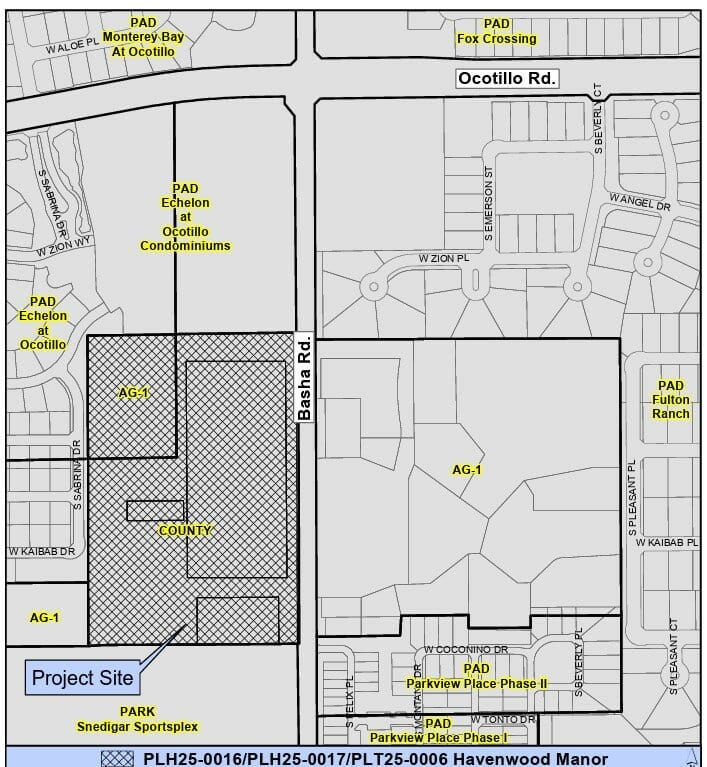
By Luige del Puerto | Arizona Capitol Times
The financial fallout from repealing Obamacare without replacing it will make everything else Arizona’s policymakers have so far worried about look like small potatoes.
Officials from the Arizona Health Care Cost Containment System, the state’s Medicaid program, have mapped out several scenarios if the federal law is abolished outright, and the options aren’t pretty. Under the worst scenarios, a straight repeal would devastate Arizona’s health care infrastructure, undermine the state’s much-touted managed care system, and leave a gaping hole in the state budget.
It’s unclear what a replacement would look like, but officials say Arizona will face a steeper challenge under a block grant, under which the states would have more flexibility in running Medicaid but face more financial exposure since they would get a set amount, instead of a guarantee that the federal government will shoulder the burden of insuring anyone who is eligible. Additionally, Arizona is under a voter mandate to insure all low-income residents, and the courts are unlikely to accept in perpetuity policymakers’ argument that the state can’t afford to adhere to the people’s will.
Congressional inaction amid so much talk of repealing Obamacare would also sow chaos on the insurance market place, as insurers get increasingly unsure about how many will enroll, and enrollees face uncertainty about their ability to keep their health plans.
Here are a few numbers to think about.
$3.2 billion
would be sucked out of Arizona’s economy if the repeal resulted in eliminating medical coverage for low-income childless adults, as well as individuals who earn between 100 and 133 percent of the federal poverty level (FPL).
For a family of four, 138 percent FPL equals to an annual income of $33,534.
425,000
If 425,000 residents lose Medicaid coverage, lawmakers would have to find $328 million more than what the state currently spends on health care.
1.9 million
Arizonans or 28 percent of the state’s population currently get health insurance through AHCCCS.
50 percent
of the AHCCCS population is between 19 and 64 years old. 44 percent are between the ages of 0 and 18.
$1 billion more
That’s how much the general fund would have to shoulder if Medicaid expansion was rolled back, and the federal government provides only regular matching funds to insure individuals who earn up to 100 percent of the federal poverty level. This scenario removes $600 million from Arizona’s economy, and 116,000 Arizonans will lose Medicaid coverage.
It would also cost the state $1 billion more if eligibility for the expansion population (those who earn between 100 and 133 percent FPL) is frozen, while the state still provides insurance coverage to those who earn up to 100 percent FPL at the regular federal matching levels. Under this scenario, nobody will get immediately kicked out of AHCCCS. Instead, members will drop off as their eligibility expires, and they can’t re-apply for coverage.
For context, $1 billion is about 10 percent of the state’s annual budget and roughly pays for the spending of all smaller state agencies, not counting money for education, health care, corrections, the universities, welfare, and child safety.
$24 million
is available to spend in the next fiscal year, if the governor and lawmakers want to maintain a structurally-balanced budget. That’s not counting $460 million in the state’s rainy day fund account.
74 percent
That’s the share of federal spending for Arizona’s Medicaid program. Currently, the feds assume the bigger risk of providing health care coverage, as the entitlement program guarantees coverage of anybody who is eligible and the federal commitment to help the states in paying for the program is open-ended







